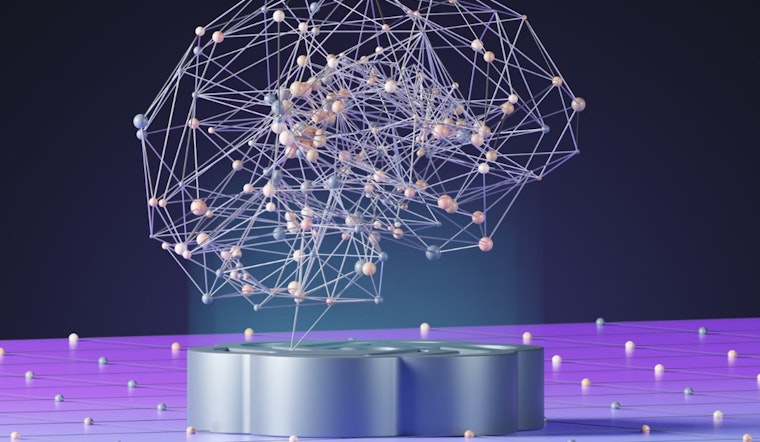
In a fresh twist on artificial intelligence, MIT and the University of Washington researchers are teaching machines to predict human foibles. The new model they've introduced, replacing old methods that don't quite capture human unpredictability, considers the computational constraints that trip us up in decision-making.
The team, including lead author Athul Paul Jacob from MIT, has created a way to measure an agent's problem-solving chops, coding for the irrational ways humans can behave when aiming for unknown goals. Helping AI to better anticipate these moves, their "inference budget" could lead to AI assistants that step in before we trip over our own errors. As reported by MIT News, Jacob remarked, “If we know that a human is about to make a mistake, having seen how they have behaved before, the AI agent could step in and offer a better way to do it.”
This novel approach veers from older models that added noise to mimic human randomness, failing to represent the variations in our suboptimal choices. By analyzing patterns in previous actions, like in chess matches, researchers can predict future moves.
Using their inferred planning depth, the AI can mimic an agent's decision-making, gleaning how much thought they might put into a problem before stopping. Jacob, using chess parlance in a statement obtained by MIT News, explained, “At the end of the day, we saw that the depth of the planning, or how long someone thinks about the problem, is a really good proxy of how humans behave.” The model's predictive capabilities have been tested in tasks such as inferring navigational goals and divining chess strategies, each time matching or beating current methods.
Supported by MIT's Schwarzman College of Computing and the National Science Foundation, the project can transform not only AI-human collaboration but also extend its application to reinforcement learning used in robotics. As AI continues to weave into the fabric of daily life, understanding the sometimes erratic human touch could smooth the way toward more intuitive and supportive technologies.









